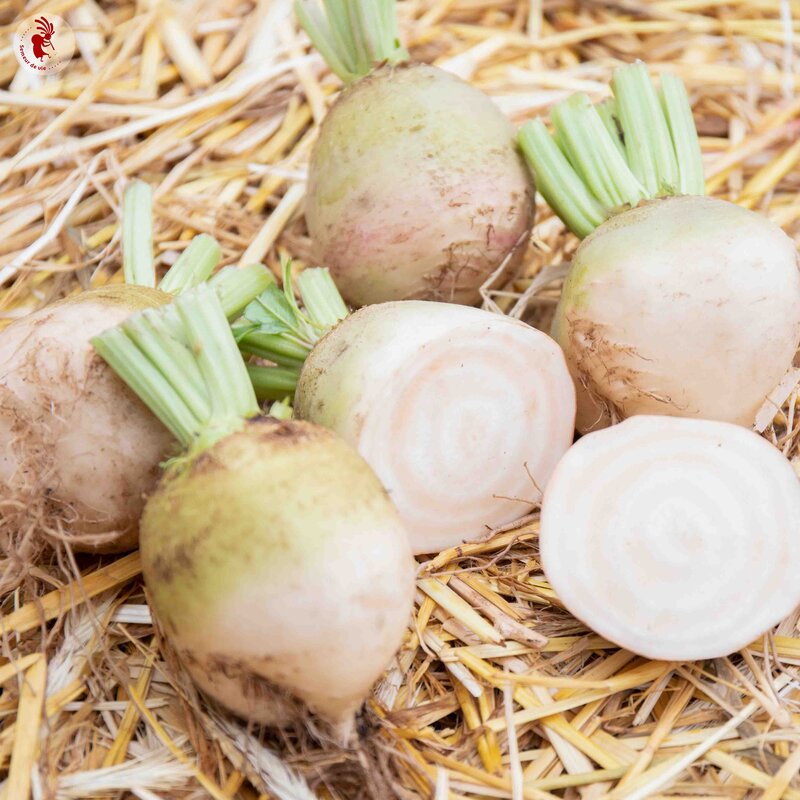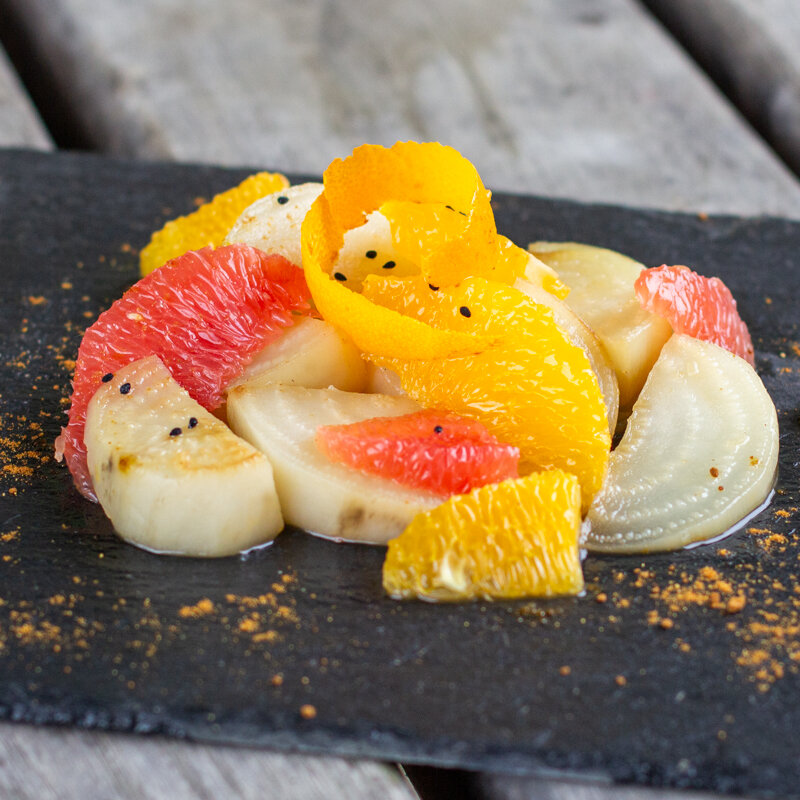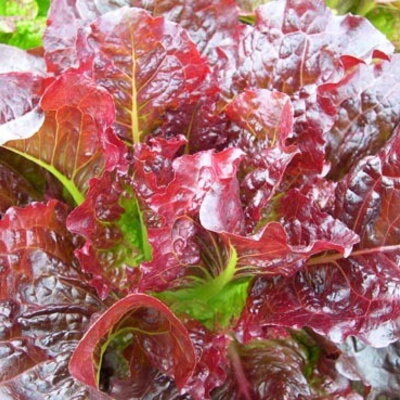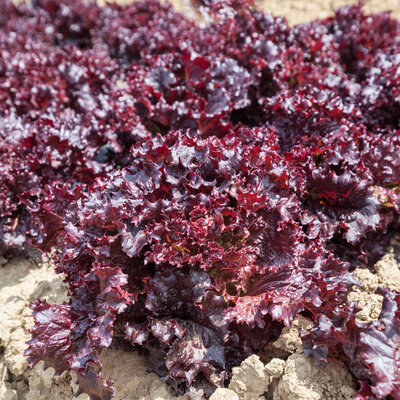Albina Vereduna - White Beet
This excellent-tasting variety produces large, round, white roots with tender, sweet flesh that is particularly mild. Its apple-green leaves, 10 cm long, are crunchy, soft and delicious.
These products may also be of interest to you
in the ground, online
Sow in pots. Transplant at least 20 cm apart in all directions, when plants have 5 to 6 leaves and soil is sufficiently warm. Sow directly in place, in rows 20 to 30 cm apart. As soon as plants have 3 to 4 leaves, thin to 15 or 20 cm along the line, keeping the most vigorous. Overgrown plants can be transplanted.
Sow every 2 to 3 weeks to stagger harvesting, and water regularly.
February, March
April, May, June
June, July, August, September, October, November
in the ground
sunny, semi-shade
medium
all floor types
drained, light, fees
Beta vulgaris
mid-season
From 1000 to 1400 g
6 grams
Slightly elongated
tender
White
From 40 to 60 cm
From 10 to 15 cm
round
Hollande
Inconnue
This old variety originated in Holland. It is also known as "Snow White" and "Albinia Verecunda". It was used as a sugar beet in the United States before the introduction of modern cultivars.
As well as being excellent vegetables, beet is rich in vitamins A, B1, B2, B6 and C, and its leaves, which are also an excellent source of many minerals and trace elements (calcium, magnesium, copper, phosphorus, sodium, iron, etc.), contain as much, if not more, iron.The root contains fewer minerals than the leaves, but provides a long list of interesting substances: choline, folate, iodine, manganese, sodium, potassium, fibre, as well as carbohydrates in an easily digestible form. And although its iron content is not very high, it is of excellent quality, making beet an interesting food to help blood synthesis. Particularly recommended in cases of haemorrhage, in preparation for childbirth or during convalescence...















